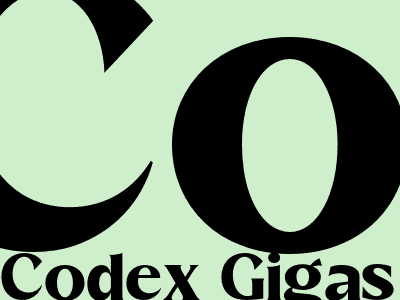
Codex Gigas
The Codex Gigas: The Devil's Bible
Introduction
The Codex Gigas, also known as the Devil's Bible, is a mysterious and fascinating medieval manuscript that has captivated scholars and historians for centuries. Its immense size, intricate illustrations, and alleged connection to the Devil have made it one of the most famous and controversial books in the world.
Discovery and Ownership
The Codex Gigas was first discovered in the early 13th century at the Benedictine monastery in Podlažice, Czech Republic. Over the centuries, it has passed through the hands of various owners, including the Holy Roman Emperor Rudolf II and the Swedish army during the Thirty Years' War. Today, the manuscript is housed at the National Library of Sweden in Stockholm.
Size and Content
The Codex Gigas is an extraordinary tome that measures approximately 36 inches tall and weighs over 165 pounds. It contains 310 parchment leaves, each carefully inscribed by a single scribe. The manuscript includes the entire Bible, as well as numerous other texts, including medical treatises, historical chronicles, and incantations.
Illustrations and the Devil
One of the most striking features of the Codex Gigas is its lavish illustrations. The manuscript is adorned with hundreds of intricate pen-and-ink drawings, including a full-page depiction of the Devil himself. According to legend, a monk who was unjustly sentenced to be walled up alive sold his soul to the Devil in exchange for help in completing the Codex Gigas in one night. The monk's portrait can be seen in the manuscript, facing the Devil's page.
Historical Significance
The Codex Gigas provides valuable insights into medieval life and culture. The historical chronicles found within the manuscript offer a detailed account of events in Central Europe during the 13th and 14th centuries. The medical treatises and incantations provide a glimpse into the health practices and beliefs of the time.
Modern Research and Analysis
In recent years, the Codex Gigas has been the subject of extensive research and analysis. Scientists have used advanced imaging techniques to study the manuscript's ink and parchment, revealing new details about its creation and history. Scholars continue to debate the significance of the Devil's illustration and the true nature of the monk's pact with the Devil.
Komentar